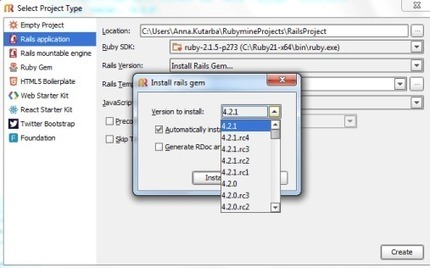
Type 3 Software Crack Free
Example: 3D CAD model Computer-aided design ( CAD) is the use of (or ) to aid in the creation, modification, analysis, or optimization of a. CAD software is used to increase the productivity of the designer, improve the quality of design, improve communications through documentation, and to create a database for manufacturing. CAD output is often in the form of electronic files for print, machining, or other manufacturing operations. The term CADD (for Computer Aided Design and Drafting) is also used. Its use in designing electronic systems is known as ( EDA).
Rendering multiple frames for a complete animation can be time consuming, even on a fast machine, because each frame is individually processed. Realistic materials, shadow casting, and other factors can slow the process as well. Modeli bpwin gotovie modeli.
In it is known as mechanical design automation ( MDA) or computer-aided drafting ( CAD), which includes the process of creating a with the use of. CAD software for mechanical design uses either vector-based graphics to depict the objects of traditional drafting, or may also produce showing the overall appearance of designed objects. However, it involves more than just shapes. As in the manual of and, the output of CAD must convey information, such as,,, and, according to application-specific conventions. CAD may be used to design curves and figures in (2D) space; or curves, surfaces, and solids in (3D) space. CAD is an important extensively used in many applications, including,, and industries, industrial and,, and many more.
TYPE EDIT Engraving Software Download LASERTYPE (Laser Marking Software). Form LASERTYPE TYPE3-CAA Associative text in CATIA V5 & 3DE.
CAD is also widely used to produce for in movies, and technical manuals, often called DCC. The modern ubiquity and power of computers means that even perfume bottles and shampoo dispensers are designed using techniques unheard of by engineers of the 1960s. Because of its enormous economic importance, CAD has been a major driving force for research in, (both hardware and software),.
The design of for object shapes, in particular, is occasionally called computer-aided geometric design ( CAGD). See also: Overview of CAD software [ ] Starting around the mid 1960s, with the IBM Drafting System, computer-aided design systems began to provide more capability than just an ability to reproduce manual drafting with electronic drafting, the cost-benefit for companies to switch to CAD became apparent. The benefits of CAD systems over manual drafting are the capabilities one often takes for granted from computer systems today; automated generation of, auto layout in, interference checking, and many others. Eventually, CAD provided the designer with the ability to perform engineering calculations.
Income Tax Return Forms. Assessment Year 2013-14. Form ITR-1:Sahaj Individual Income Tax Return AY 2013-14; Form ITR-3:For Individuals/HUFs being partners in firms and not carrying out business or profession under any proprietorship; Form ITR-2:For Individuals and HUFs not having Income from Business or Profession. Itr v acknowledgement 2013 14.
During this transition, calculations were still performed either by hand or by those individuals who could run computer programs. CAD was a revolutionary change in the engineering industry, where draftsmen, designers and engineering roles begin to merge.
It did not eliminate departments, as much as it merged departments and empowered draftsman, designers and engineers. CAD is an example of the pervasive effect computers were beginning to have on industry. Current computer-aided design software packages range from 2D -based drafting systems to 3D and modelers.
Modern CAD packages can also frequently allow rotations in three dimensions, allowing viewing of a designed object from any desired angle, even from the inside looking out. Some CAD software is capable of dynamic mathematical modeling. CAD technology is used in the design of tools and machinery and in the drafting and design of all types of buildings, from small residential types (houses) to the largest commercial and industrial structures (hospitals and factories).